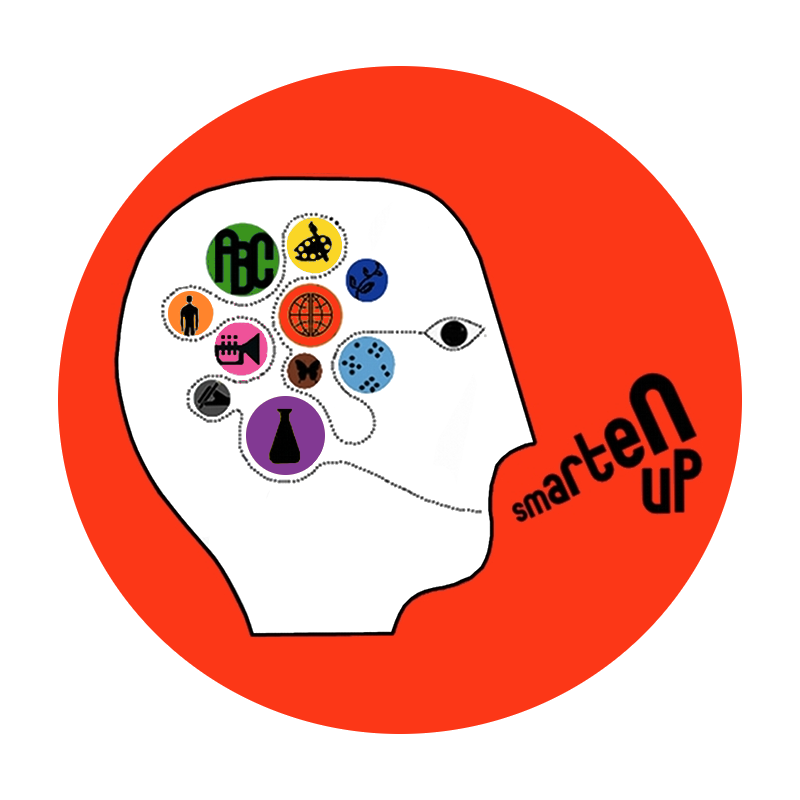As students grow older, the demands of classwork evolve; rather than simply summarizing plot or retaining historical dates, students are challenged to think critically, as they take their base of skills and knowledge and use these tools to forge original analysis. In parallel with this evolution in their education must come an evolution in the way they read, and in the way they annotate. With luck, students will have been building up simple annotation habits for some time by this point — but now, the purpose of annotation shifts, from a tactic for staying engaged with the reading, to an active commentary that records insight and evidence with a grander end goal in mind: the analytical essay.
When students read with the aim of collecting evidence to use in an essay, they do so under a variety of different circumstances. Some teachers might provide a framework or prompt before reading begins — others will wait until after the class has finished reading a text before distributing the essay assignment. In either case the goal of annotation is the same: to activate the mind as students read, and start them down the path of critical analysis. The key here is reading with a clear purpose. If the prompts are distributed ahead of time, students should come up with a key — by assigning each prompt a number, for example — and mark the text with the appropriate number whenever they find a quote that could be of use in responding to that prompt. For visually-oriented learners, pens or post-it notes in different colors for different themes can enhance the process. Even if they don’t have the list of possible prompts before they begin reading, students should use a site like LitCharts to preview the text, searching for important themes that they can annotate in a similar way, as these are likely to be helpful for the eventual essay. It’s best to focus on two or three themes at a time — and remember that one piece of evidence might be helpful for more than one theme, and should be marked with more than one number or color.
If they’re writing a research paper, and using sources that they find independently, many students will find that the challenge is sifting through the text to find relevant evidence. Here, too, there is a shift in the approach to reading; rather than starting from the beginning and reading a stack of library books through to the end, students should start with a focused question and use strategic searches to isolate the evidence they need. This means using the table of contents, learning to navigate an index, focusing on headings, and searching intelligently through online databases. As students encounter the information they will need, they should be compiling quotes into a central notes document, making sure to include source information and page numbers as they read and record to smooth the process of creating a bibliography later on. Online tools such as easybib.com, citationmachine.net, and the reference materials at Purdue’s Online Writing Lab make creating citations easier than ever, but most students will need an introduction to the process — both in order to understand the required formatting and its intention, and to avoid unintentional plagiarism.
The right kind of annotation will make the process of writing a critical essay or research paper ten times simpler, and much more effective at the same time. Not only can annotation provide the kind of record that students can easily transfer into a brainstorm and outline, it will activate their way of thinking about the text as they read, setting them up for success as writers.

